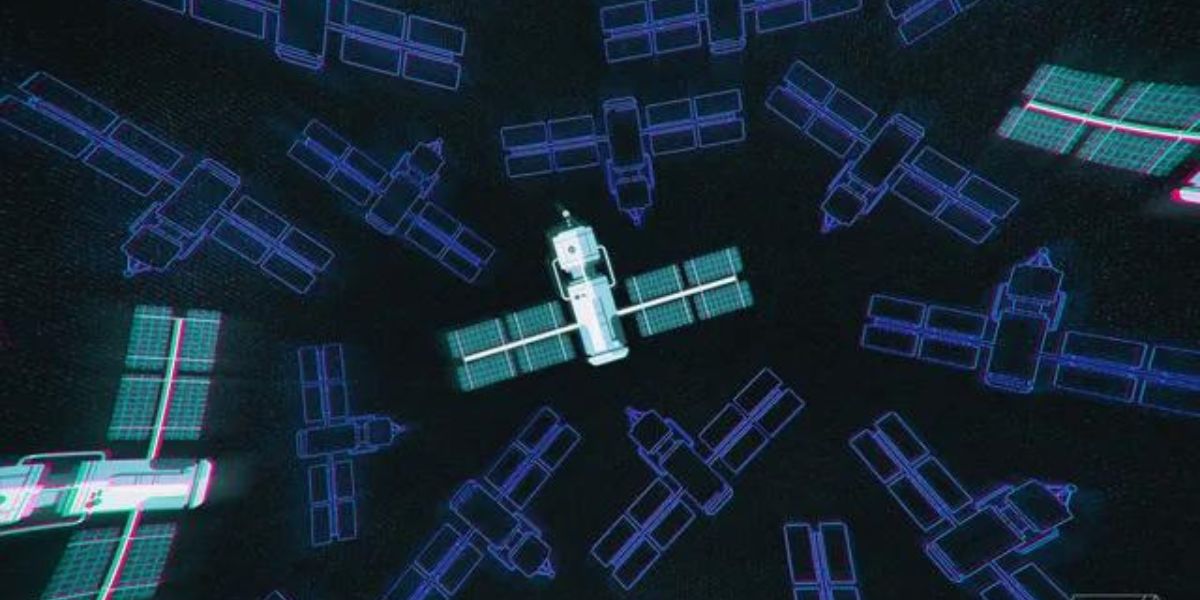Android slugs it out with Apple’s satellite SOS with general-purpose satellite SMS
January 06, 2023 By Awanish Kumar

(Image Credit Google)
Android users, hello! Are you envious of the iPhone 14's satellite connectivity? Well, after a few months, Qualcomm has already launched a comparable feature for Android. Introduce yourself to "Snapdragon Satellite," a method for sending satellite messages from a typical Android phone. Instead of the iPhone's severely compressed, emergency-only, one-way quiz system that inhibits message composition, this is actual, two-way SMS-style messaging that you should be able to utilize for more casual discussions.
The Iridium satellite constellation, which has 66 satellites and has been in operation for 25 years and powers conventional, purpose-built satellite phones with enormous external antennas, will support Qualcomm's solution. According to Qualcomm, this will now function with typical smartphone sizes and typical internal-only antennas. Francesco Grilli, vice president of product management at Qualcomm, presented a thorough review of the service and asserted that "in most circumstances" you won't even require a new antenna. Your phone already has an antenna for this since Iridium operates in the same frequency range as GPS and some mid-band cellular services (L Band, 1-2 GHz).
Not that it won't function without any new hardware, but Qualcomm will include it into its usual RF loadout without needing any significant new parts. This is much better than mmWave 5G, which adds a large, additional, expensive antenna to your phone that only a very small number of users may use.
Similar to the iPhone, bypassing out on the typical large, external antenna entails making a certain set of concessions. You'll open a targeting app and possibly be prompted to point your phone toward a location in the sky as you wait for a connection, as opposed to an always-on cellular connection. It is only possible to send and receive data on Iridium; voice conversations made using a regular satellite phone are not supported. Iridium protocol is used for the connection, much like a satellite phone would. The transmission, according to Grilli, is "closer to 2G [GSM or EDGE] than to 5G." It is a traditional TDMA (time-division multiple access) configuration in which any user talking to a particular antenna will monopolize that connection spectrum, forcing everyone else to wait.
In this case, Qualcomm's performance guarantees appear favorable compared to Apple's solution. According to Grilli, you can send a "full-size SMS in less than 10 seconds, and it takes three seconds on average." That is quicker than the iPhone's 15 second emergency SOS, which is a short message that has been heavily compressed rather than a complete SMS. The Globalstar constellation that the iPhone is on has different features. Only 24 satellites make up the Globalstar constellation, which is insufficient for round-the-clock coverage. The Globalstar service has a consistent up-and-down cadence that lasts for minutes at a time for any particular area since these satellites are moving about.
The Iridium constellation has 66 satellites, so you should always have service and may not even need to perform the "hold your phone up" dance to establish a connection.
You will probably have to pay for access to the satellite network. Since Qualcomm is a chip manufacturer, it declined to comment on ISP or messaging app specifics. Similar to how cellular phones operate, texts to 911 (or the local equivalent) will be free of charge and without any form of plan (this is a law). If you have a premium plan, Qualcomm's proprietary arrangement enables you to use any messaging protocol you like, be it plain-vanilla SMS with your regular phone number or an over-the-top service (like as WhatsApp), but carriers will need to work things out. Since only one person would have to pay for the satellite service and be able to communicate with the outside world, whatever current standard would be ideal.
According to Qualcomm, the service will be offered in phones that are released in North America and Europe in the second part of the year. Although there have already been a few products revealed using the Qualcomm Snapdragon Gen 2 SoC, satellite compatibility appears to be an add-on capability that makers will need to prepare for. According to the business, several partners are already developing concepts. Although the capability is currently only available on flagship handsets, Qualcomm claims that if the feature is well received by customers, new, less expensive chips may also include it. It also wants to make the feature available in automobiles.
By Awanish Kumar
I keep abreast of the latest technological developments to bring you unfiltered information about gadgets.







